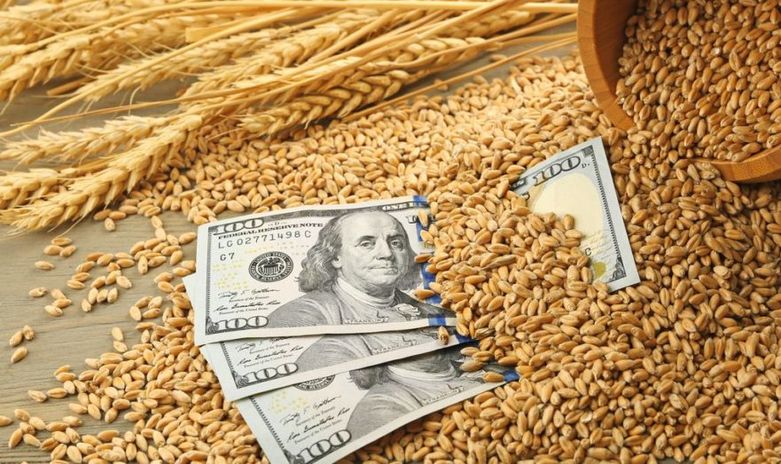Feed wheat supplies are disappearing from the Black Sea markets, demand prices have risen to $210/t

Offers for feed wheat in Ukraine disappeared on Wednesday, as there were fears that there simply would not be enough of it, as the first results of the harvest show a relatively high protein content. This was reported by the bidders to Fastmarkets Agricensus.
In the previous days, offers for shipment in August were at the level of $214/t FOB (Pivdenny-Odesa-Chornomorsk), but on Wednesday there was no such offer.
At the same time, the demand prices for feed wheat increased by at least $2 – to $210/t FOB in the same ports.
A significant increase was also recorded on the domestic market: demand prices reached $207-210/t CPT ports of the Black Sea, that is, at the FOB level. For comparison, a week ago the price for FOB was $206/t, and for CPT – $210.
Sources also report that while there are no offers for feed wheat on the European Black Sea coast yet, it is expected that asking prices could reach a discount of €6/t to the September Euronext contract, equivalent to approximately $224/t FOB Constanta-Varna-Burgas (CVB).
This comes against the backdrop of a slow harvest in the region. Initial analyses of the harvested wheat show a higher proportion of food rather than feed wheat. In Bulgaria and Romania, the quality of the wheat is generally good, with a high protein content.
In Ukraine, the protein content is also above average, but other quality parameters (e.g. nature) are often below requirements. Therefore, even wheat with 12.5% protein can be considered feed.
However, there is a shortage of pure feed quality wheat on the market.
“The situation with the protein content of wheat is really serious. Even in the northern regions, such as Chernihiv region, the protein is good, but the nature does not meet the requirements,” said Yuriy Havrylyuk, director of the consulting and analytical company Barva Invest.
Havrylyuk also added that the market balance may level out after the harvest begins in the western regions, where there has been sufficient rainfall.
“Even if more feed wheat appears on the market later, it can be mixed to get a quality of 11.5%. Selling purely feed wheat is pointless,” said one of the traders.
However, other sources note that it is still too early to assess the overall balance, since only the initial threshing is taking place now. However, the market has already seen the practice of mixed pricing, when different classes are mixed, and feed wheat as a separate item ceases to be clearly counted.
A similar situation occurred last year, when feed wheat prices equaled 11.5% of food wheat at CVB ports due to a shortage of quality feed and low coverage.
Ukraine usually has a higher share of feed wheat than food wheat: last year the ratio was approximately 30–40% food wheat versus 60–70% feed wheat, which corresponds to market participants’ assessments and the position of the Ministry of Agrarian Policy, which is recorded in the memorandum for the 2024/25 MY.
For almost 30 years of expertise in the agri markets, UkrAgroConsult has accumulated an extensive database, which became the basis of the platform AgriSupp.
It is a multi-functional online platform with market intelligence for grains and oilseeds that enables to get access to daily operational information on the Black Sea & Danube markets, analytical reports, historical data.
You are welcome to get a 7-day free demo access!!!
Read also
Official Release – December 17th! Crop & Price Navigator 2026/27
Ukraine’s harvest nears completion: Total grain output exceeds 56 mln tons
Wheat heads for worst week since June on global oversupply
‘Soybean GPT’ lands South Korea’s agriculture ministry in awkward situation
Thailand purchases 65 thsd tons of Argentine feed wheat
Write to us
Our manager will contact you soon



